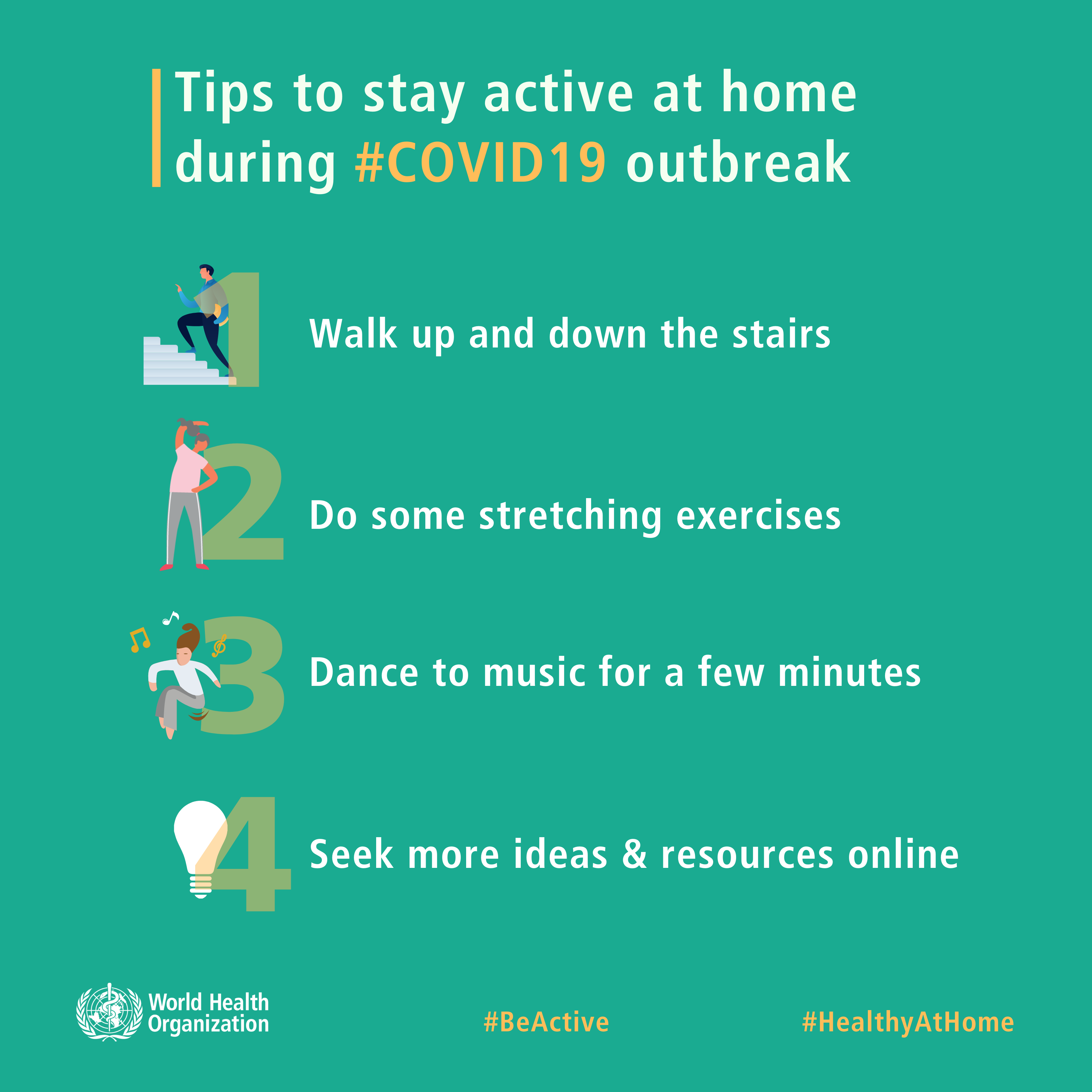
Every move counts: WHO guidelines for physical fitness during COVID
Staying at home may be a good way to keep the coronavirus at bay, but it is definitely bad for your health and fitness if you do not burn out those extra calories. Contending that 5 million deaths could be avoided every year if the global population was more active, the World Health Organization (WHO) has come up with a set of fresh guidelines on every day physical activity for different age groups.

Staying at home may be a good way to keep the coronavirus at bay, but it is definitely bad for your health and fitness if you do not burn out those extra calories. Contending that 5 million deaths could be avoided every year if the global population was more active, the World Health Organization (WHO) has come up with a set of fresh guidelines on everyday physical activity for different age groups.
The WHO launched its ‘Every move counts’ campaign on November 25 to prevent non-communicable diseases like diabetes and hypertension, which increase the risk of morbidity and mortality in Covid-19 patients. Communicable diseases are a direct outcome of a sedentary lifestyle.
Also read: Punjab CM announces night curfew from Dec 1 to fight COVID
The WHO recommends at least 150 to 300 minutes of moderate to vigorous aerobic activity per week for all adults, including people living with chronic conditions or disability, and an average of 60 minutes per day for children and adolescents.
WHO statistics show that one in four adults, and four out of five adolescents, do not get enough physical activity. Globally this is estimated to cost $54 billion in direct healthcare and another $14 billion to lost productivity, the WHO said.
Regular physical activity is key to preventing and helping to manage heart disease, type-2 diabetes, and cancer, as well as reducing symptoms of depression and anxiety, reducing cognitive decline, improving memory and boosting brain health, the WHO said.
The new guidelines also pay attention to the need for regular physical activity for women during pregnancy and after delivery. People living with disabilities too have been suggested exercises to keep them healthy and active.
Also read: States tell PM: Putting in place COVID vaccine plans; need more funds
“Older adults (aged 65 years or above) are advised to add activities that emphasize balance and coordination, as well as muscle strengthening, to help prevent falls and improve health,” the WHO said.
“Every move counts. Especially now as we manage the constraints of the covid-19 pandemic,” said Dr Tedros Adhanom Ghebreyesus, WHO director-general. The WHO said that all physical activity is beneficial and can be done as part of work, sport and leisure or transport (walking, wheeling and cycling), but also through dance, play and everyday household tasks, like gardening and cleaning.
“Physical activity of any type, and any duration can improve health and well-being, but more is always better. And if you must spend a lot of time sitting still, whether at work or school, you should do more physical activity to counter the harmful effects of sedentary behaviour,” said Dr Ruediger Krech, Director of Health Promotion.
“These new guidelines highlight how important being active is for our hearts, bodies and minds, and how the favourable outcomes benefit everyone, of all ages and abilities”, said Dr Fiona Bull, Head of the Physical Activity Unit which led the development of the new WHO guidelines.
WHO encourages countries to adopt the global guidelines to develop national health policies in support of the WHO Global action plan on physical activity 2018-2030. The plan was agreed by global health leaders at the 71st World Health Assembly in 2018 to reduce physical inactivity by 15% by 2030.

